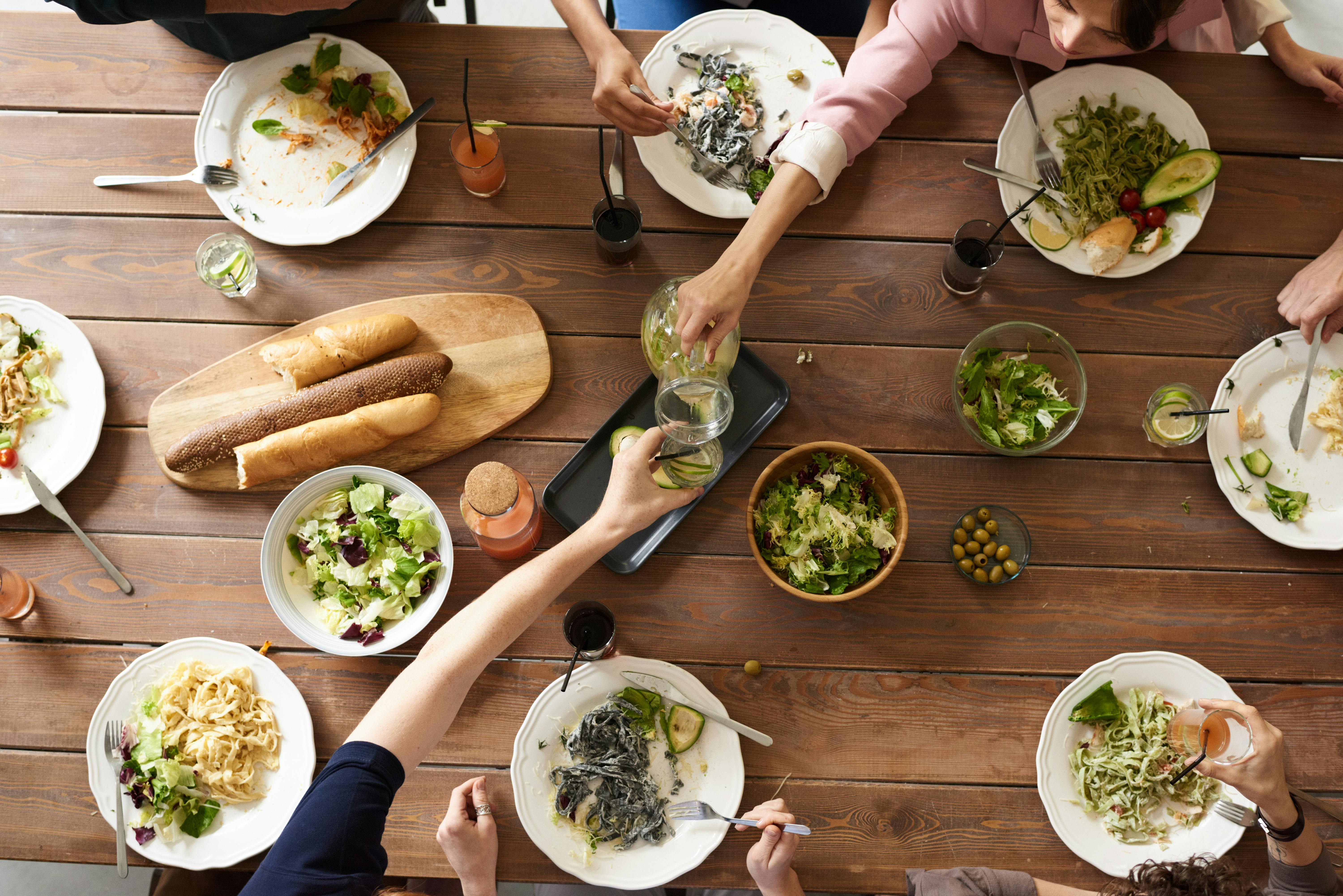Apply Now
Understanding Grams to Teaspoons Conversion for Cooking
Importance of Accurate Measurements in Recipes
Measuring ingredients accurately is essential for successful cooking and baking. Whether you’re preparing a cake for a birthday party or whipping up a quick dinner, getting the measurements right can directly impact the taste and texture of your dish. Baking, in particular, is a science that relies heavily on precision, where even small deviations can lead to undesired results. This brings us to the need for understanding the conversion between weight and volume, specifically how to convert grams to teaspoons.
Grams to Teaspoons Conversion Formula
The conversion from grams to teaspoons is necessary for those who prefer using volume measurements. For granulated sugar, 1 teaspoon is approximately 4.2 grams. To calculate how many teaspoons are in a given number of grams, you can use the formula:
\[ \text{Teaspoons} = \frac{\text{Grams}}{4.2} \]
For example, if you're working with 5 grams of sugar, the calculation would be:
\[ 5 \text{ grams} \div 4.2 \text{ grams/teaspoon} \approx 1.19 \text{ teaspoons} \]
So, you would need approximately 1.19 teaspoons for 5 grams of sugar, ensuring that your recipe measures are accurate.
Practical Examples of Grams to Teaspoons Conversion
Converting grams to teaspoons is applicable to various ingredients beyond sugar. Here are some examples to illustrate this conversion:
- **Flour:** 1 teaspoon of all-purpose flour is roughly 2.6 grams. Therefore, 10 grams of flour would equal about 3.85 teaspoons.
- **Baking Powder:** This ingredient has a slightly different weight, where 1 teaspoon is about 4.6 grams. Hence, for 5 grams, you would use approximately 1.09 teaspoons.
- **Honey:** With honey, 1 teaspoon weighs about 7 grams. For 5 grams, you would need around 0.71 teaspoons to achieve the desired measurement in your recipe.
These examples show the importance of knowing the grams to teaspoons conversion to maintain the integrity of your cooking and baking practices.
Measuring Ingredients: Tips and Best Practices
Choosing the Right Measuring Tools
Using the correct measuring tools can significantly impact the accuracy of your ingredient measurements. Invest in a set of reliable measuring spoons that can provide precise teaspoon measurements. Level off your measuring spoon with a straight edge for accuracy when measuring dry ingredients, ensuring that you don’t pack them, as this can affect the weight.
Understanding Ingredient Density
Ingredient density plays a crucial role in conversion. Each ingredient has a unique density, meaning that conversions can vary. While flour is light and airy, honey is denser and heavier. Thus, understanding the density of the ingredients you’re measuring can help you make better conversions and ultimately lead to more successful dishes.
Common Cooking and Baking Conversion Challenges
Many home cooks encounter challenges when converting measurements, particularly when working with international recipes that use different systems. It’s essential to familiarize yourself with cooking conversion charts that outline the grams to teaspoons ratio for various ingredients. This can save time and prevent confusion, particularly when scaling recipes up or down.
Utilizing Conversion Resources for Recipe Success
Conversion Charts and Tools
One helpful resource includes conversion charts that visually demonstrate the relationship between grams and teaspoons. These charts are invaluable when you need quick reference points while cooking. Many online sources provide comprehensive conversion tools that allow you to input grams and receive an instant conversion to teaspoons and vice versa.
Staying Consistent with Measurements
Consistency is key in any cooking or baking endeavor. Stick to one measuring system, whether it be grams or teaspoons, to avoid confusion. This practice helps streamline your processes and improve your overall cooking performance.
Practicing Volume and Weight Conversions
To aid in your understanding of volume versus weight, consider conducting your own experiments in the kitchen. Measure the weight of various ingredients in grams, and then convert them to teaspoons using the discussed conversions. Track the results and familiarize yourself with how different ingredients behave; this practice can enhance your cooking skills.
Frequently Asked Questions About Grams to Teaspoons Conversion
What is the simplest way to convert grams to teaspoons?
To convert grams to teaspoons, use the formula:
\[ \text{Teaspoons} = \frac{\text{Grams}}{4.2} \]
It’s a straightforward metric conversion that provides quick results.
How can I ensure accuracy in my measurements?
Use high-quality measuring tools and ensure that you are leveling off dry ingredients. Avoid packing them down unless specified in the recipe.
Are there other common conversions I should know?
Yes, it’s beneficial to familiarize yourself with common conversions like tablespoons to teaspoons (1 tablespoon = 3 teaspoons) and preferred weights for other baking ingredients.
Final Thoughts on Grams to Teaspoons Conversion
Understanding the grams to teaspoons conversion is an essential skill for any home cook or baker. By following the principles outlined above, using accurate measurements, and being aware of each ingredient's unique properties, you can significantly enhance your recipe outcomes. Whether you're following a traditional family recipe or experimenting with new flavors, accurate measurements and conversions will take your culinary creations to new heights. For more cooking conversions, tips, and resources, [check here](https://example.com).




